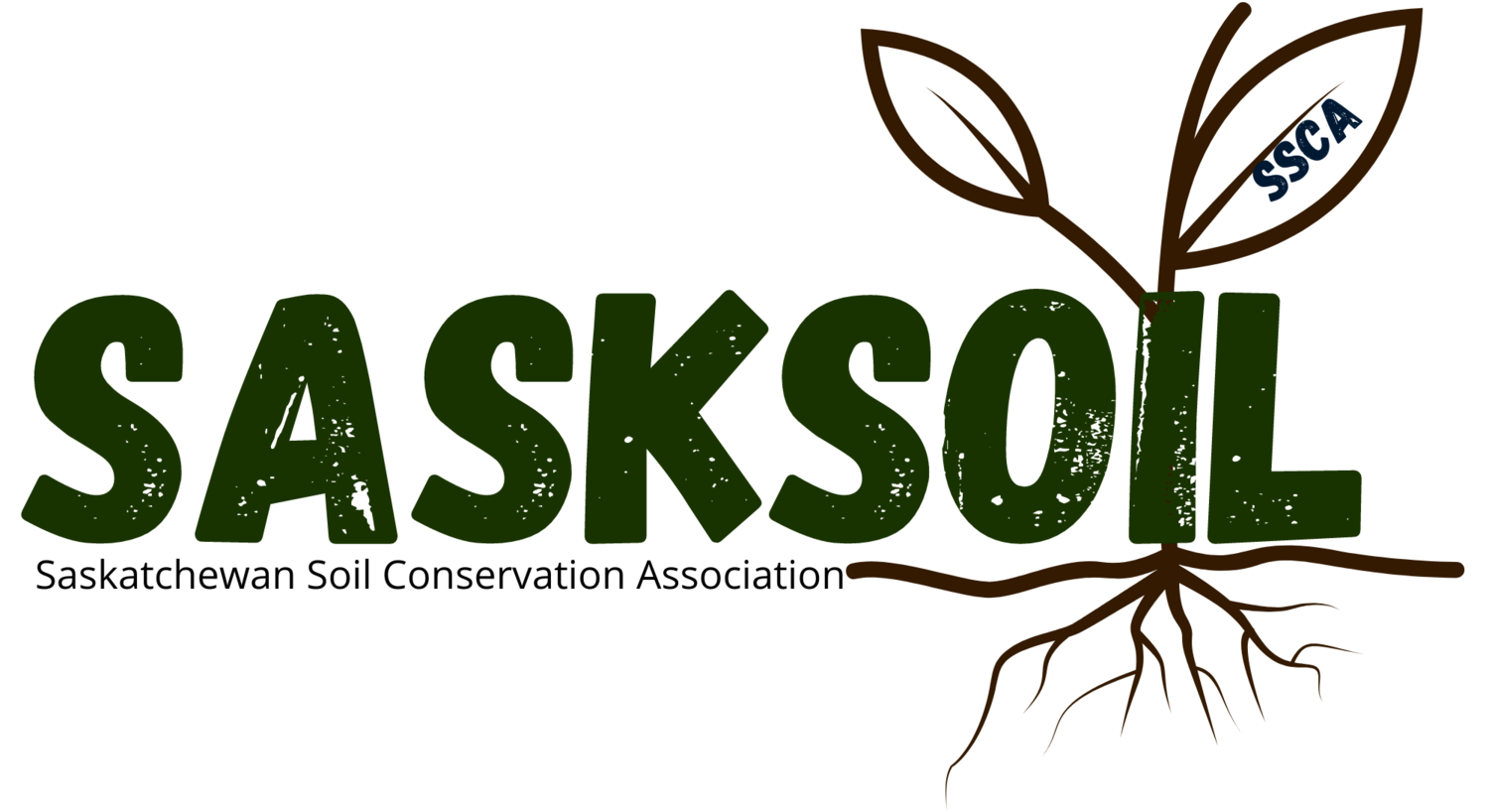How Intercropping Is Reducing Fertilizer Use and Boosting Efficiency on Our Saskatchewan Grain Farm
Jonathan Wiebe, SaskSoil Director
Exploring the Benefits of Intercropping on Our Grain Farm in Southern Saskatchewan
We're a grain farm located just south of Shaunavon, Saskatchewan, and over the past few seasons, we've been experimenting with intercropping as part of our crop rotation strategy. This shift toward more diverse cropping methods has started to pay off in several exciting ways, both agronomically and economically.
Why Intercropping?
Our primary motivation for trying intercropping was to improve soil health, optimize input use, and increase resiliency in our rotation. We began by intercropping peas and mustard, and the results were both encouraging and surprising.
Fertility Benefits
One of the biggest advantages we've seen is a notable reduction in fertilizer use—without sacrificing yield. In our intercropped pea and mustard fields, we applied only two-thirds of the recommended fertilizer rate compared to what we would normally apply to a monocrop mustard field. Despite this reduction, our yields were comparable to the monocropped mustard, which was a strong indicator that the intercropping system was working in our favor.
But the benefits didn’t stop there.
Residual Effects on the Following Crop
In the following season, we also observed a reduction in fertilizer requirements for the crops seeded into the intercrop stubble. For example, when seeding durum wheat after the pea-mustard intercrop, we needed only 50 lbs of our fertilizer blend—compared to 70 to 80 lbs required for durum seeded on monocropped stubble. This reduction not only lowers input costs but also contributes to more sustainable nutrient management over time.
Operational Efficiency and Moisture Conservation
Another pleasant surprise has been the reduction in field operations. With the pea-mustard intercrop, there's no need to roll the field—peas grow upright with the support of the mustard, reducing lodging. This not only saves time and passes over the field, but it also leaves behind increased residue, which plays an important role in moisture conservation, particularly valuable in our dryland farming conditions.
Looking Ahead: Expanding Our Intercropping Trials
Encouraged by these results, we've decided to expand our intercropping trials. We're now looking at trying combinations like chickpeas and flax, and we're also starting to explore the concept of companion cropping—planting different species together with mutual benefits in mind.
Final Thoughts
While we’re still learning and adapting our practices, the early outcomes suggest that intercropping can be a powerful tool for prairie grain farms like ours. It’s helping us reduce input costs, maintain yield, and build healthier, more resilient soils—all while conserving resources and improving operational efficiency.
We'll continue to share our experiences as we explore new combinations and learn more about what works best in our environment. If you're curious about intercropping or have your own experience to share, we’d love to connect and learn from each other.
